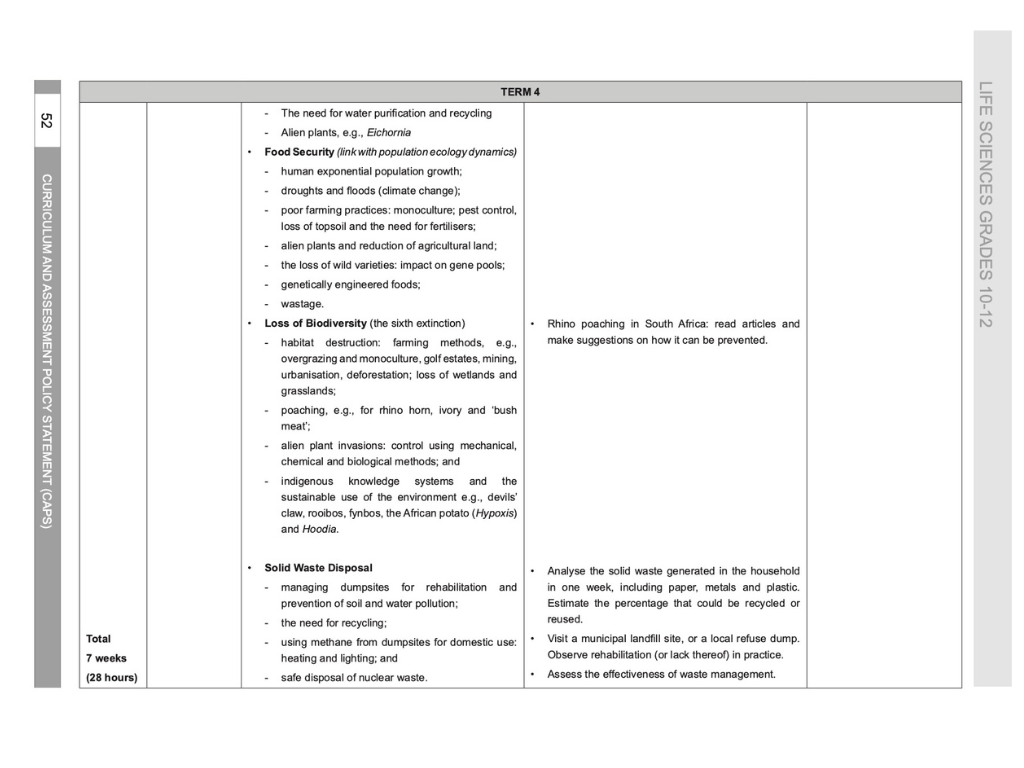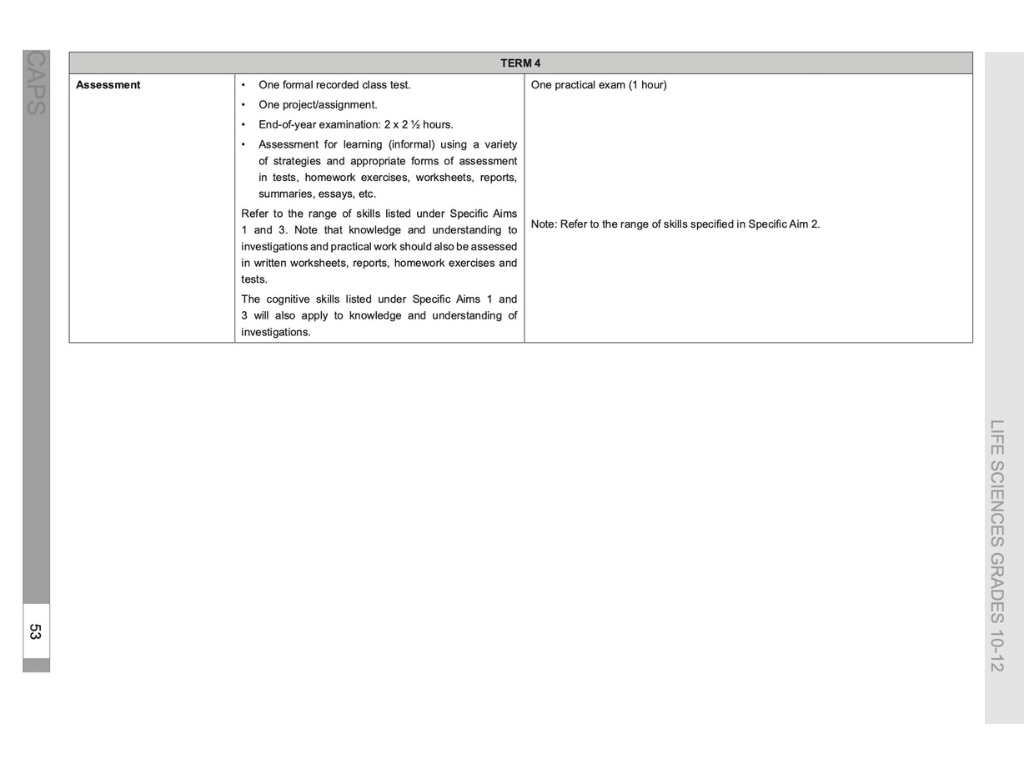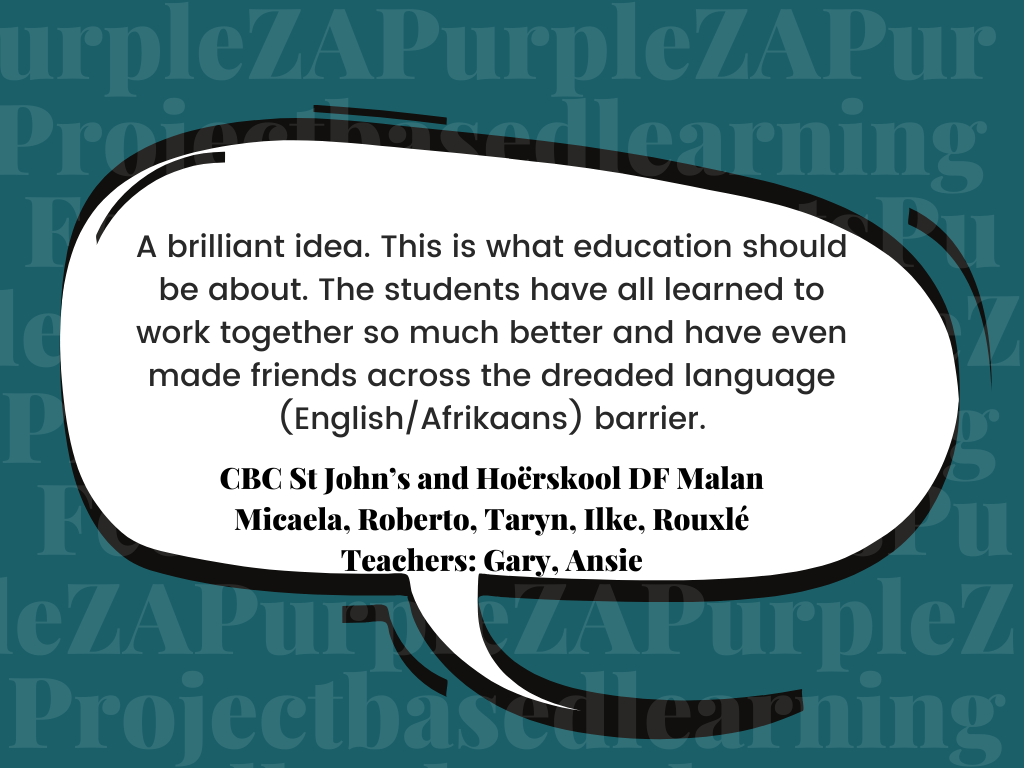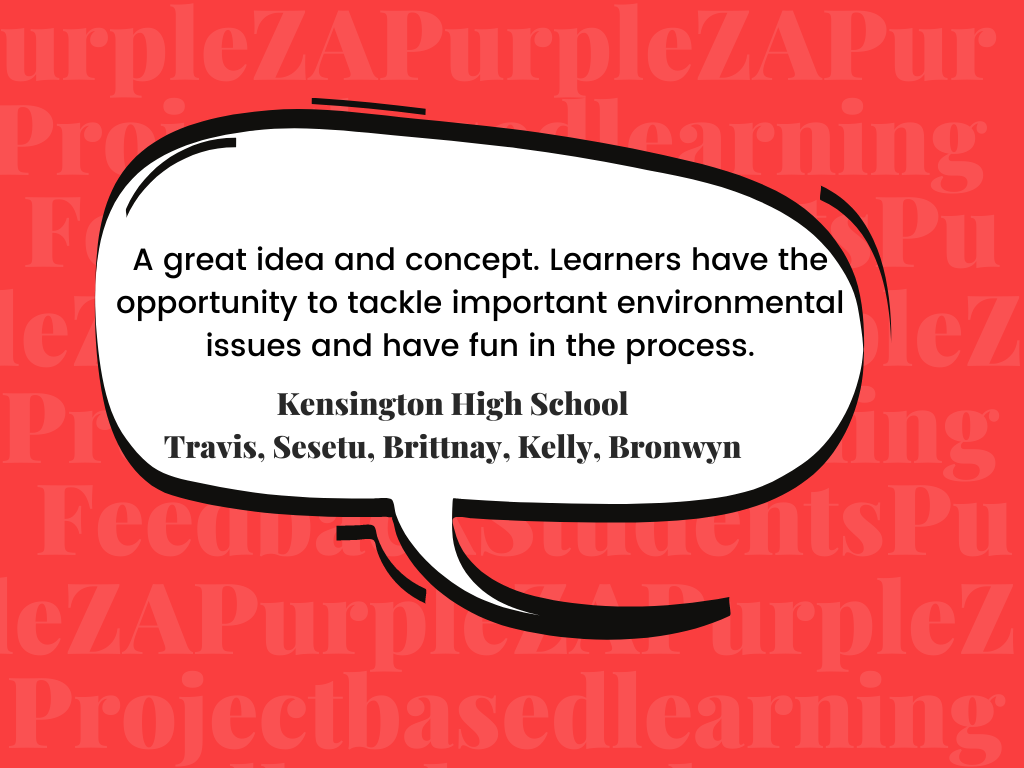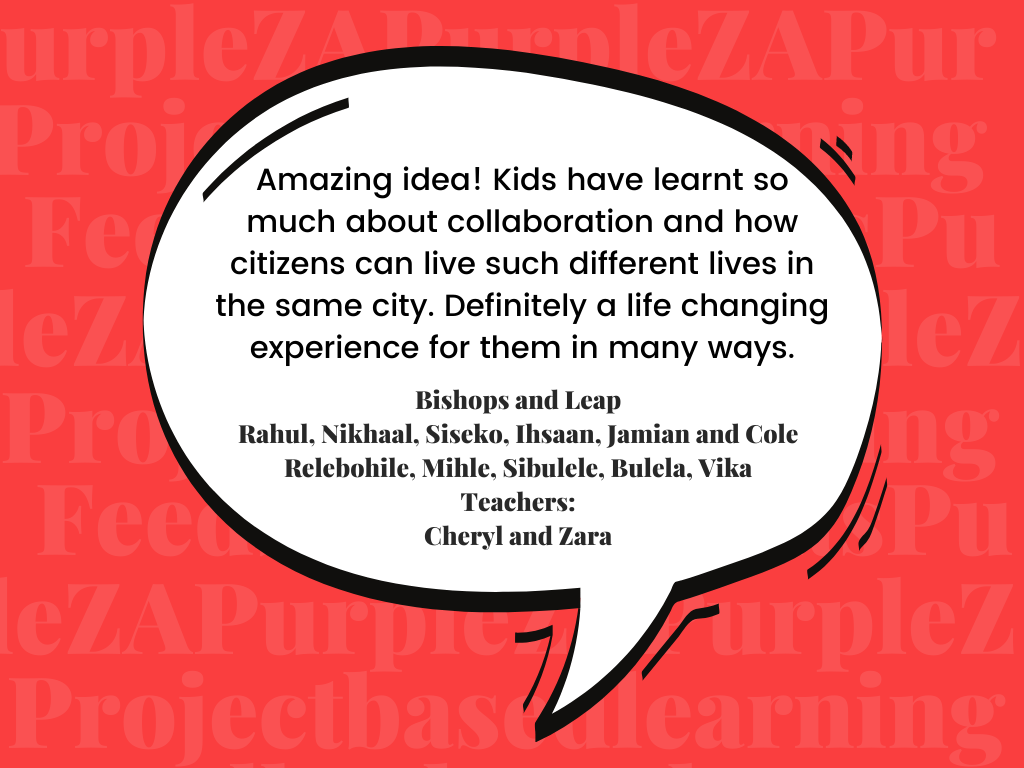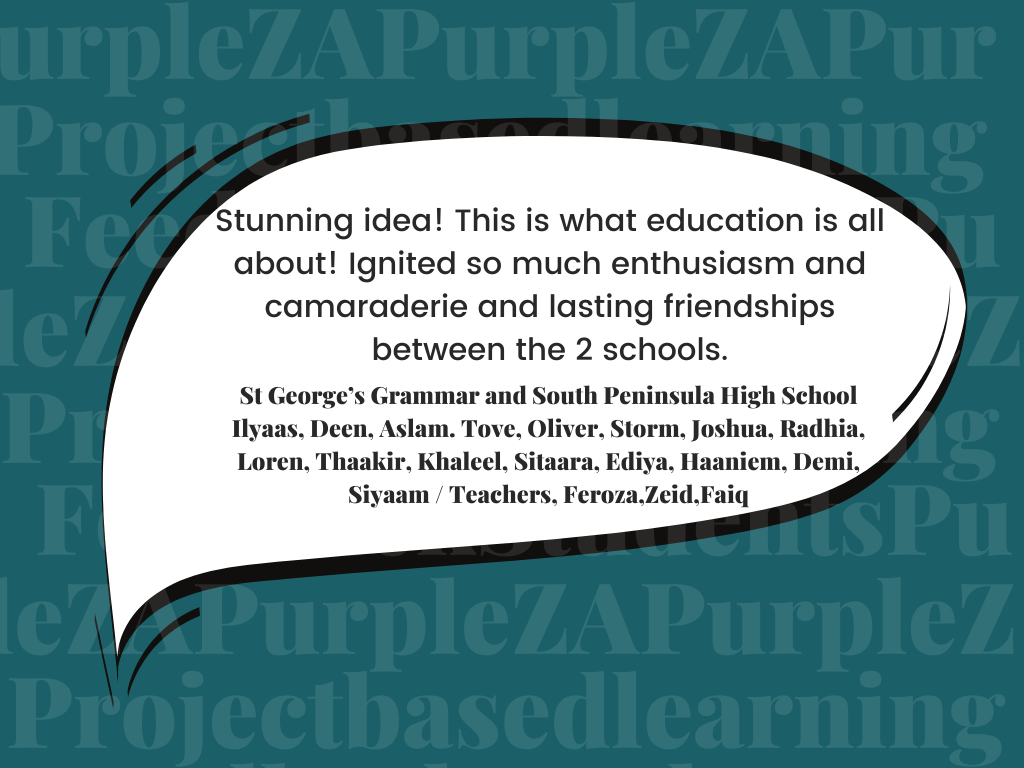When I am going to teach anything, I need to answer the question, “Is this real, and does it matter?” As a teacher, if I am not answering this question, am I really providing the best learning experience for my students?!
See how Cheryl Douglas uses inquiry-based learning, to teach Human Impact on the Environment in Grade 11 Life Sciences.






